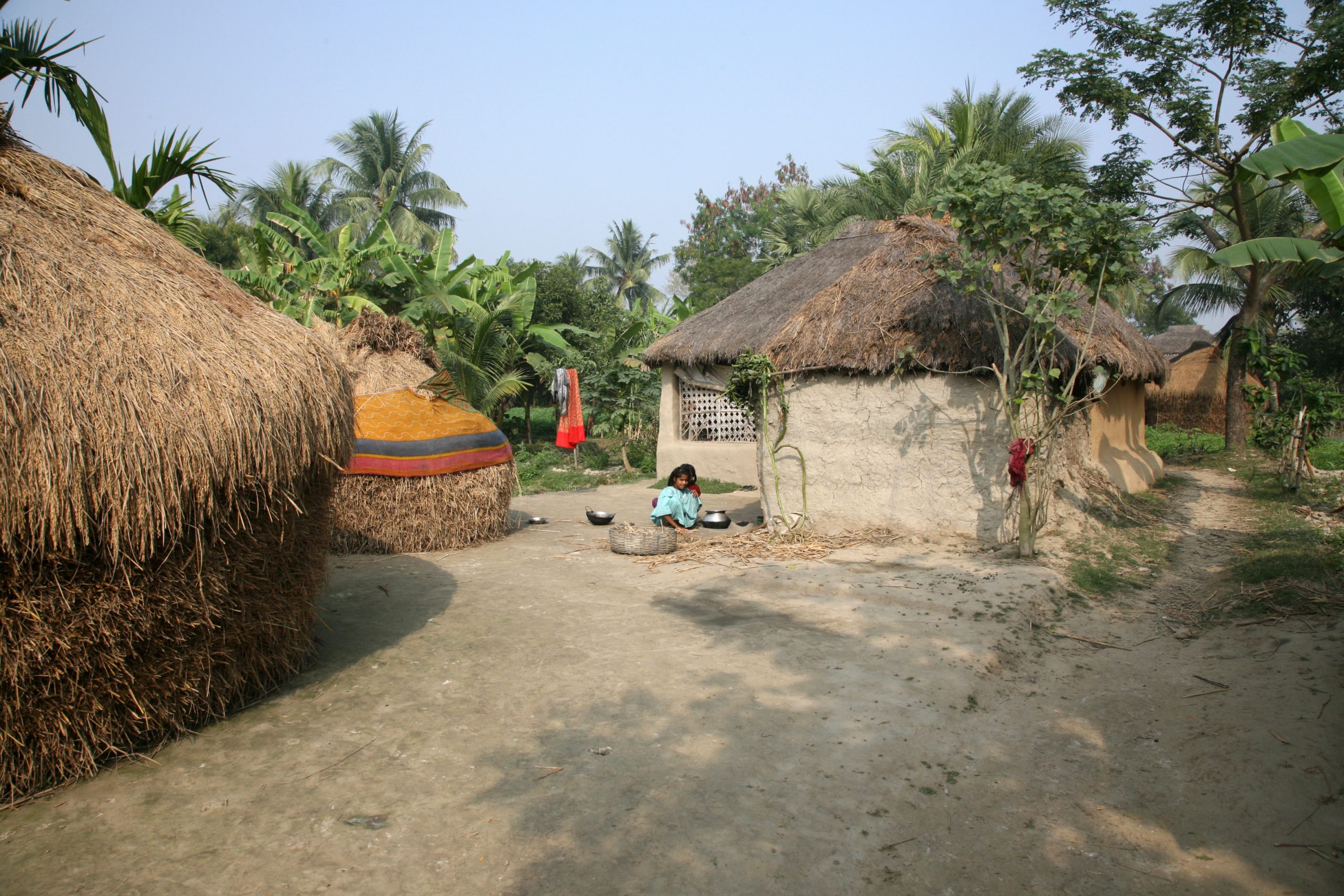Honey Hunting in the Bangladeshi Sundarbans
April 17, 2016
With honeybee populations in crisis, many now understand the basic process of beekeeping and what it entails raising and caring for bees in exchange for honey. We know better now what makes honeybees tick, but such focus on solving this crisis makes people forget wild honeybees are still a vital source of honey in places where the honey market is less defined. One such place is in Bangladesh, specifically the Sundarbans, the world’s largest halophytic mangrove forest and a hunting ground for wild honey.
In the Sundarbans, Moualis or “honey hunters” go into the forest with their government permits on April 1st and collect over 200 tons of honey per season, made from the nectar of Kholsha, Possur, and Goran plants. One writer for a Bangladeshi newspaper The Statesman, Ihtisham Kabir, got the chance to see Moualis in action and see for himself what honey hunting entails. Before heading into the forest, Kabir and the Moualis attended the formal inauguration in a Burigoalini village, where local leaders, honey experts, and government officials spoke on “forest and honey related matters” like sustainable honey collection and forest conservation. Permits handed out, prayers offered, and Kabir was onward to the Sundarbans.
While tourists like Kabir—as this was a Bengal Tour—had trouble maneuvering the thick mud, thorny bushes, and other foliage, the Moualis were covered with “gamchas” (thick cotton towels), moved easily, and were right at home. To begin honey hunting, the Moualis chopped Golpata leaves and tied them together into bunches called “Karu,” which they would light on fire to create smoke and disperse honeybees from their hives. Like a charm, Kabir noted at the first hive that the bees flew away from the smoke in one cloud—meanwhile, one Mouali climbed the tree silently and cautiously, positioning himself to cut parts from the hive. The Mouali sliced the hive and placed pieces of honeycomb into a collection basket, leaving enough for regeneration and before the bees returned—Kabir noted the raw honey tasted nothing like what he bought in stores.
Kabir, the other tourists, and the Moualis went to four cuttings—leaving their boat, retracting steps, moving through increasingly difficult terrains—and it gave Kabir the chance to mull over the life a Mouali. Each Mouali gathers roughly 400 kg per season, gains between 40,000-60,000 taka ($525-785) in profits, and the rest of the time fish and farm to make a living. Their main worries while on the job consist of Bengal tigers and robbers who kidnap for ransom, leaving Kabir with the right impression that the life of a Mouali is no walk in the park despite their graceful abilities.
The memories of such an experience, according to Kabir, remain “etched in [his] mind” even as his scratches and scars from the trip fade. And luckily as a writer, Kabir has given the rest of the world the chance to see what it takes to be a Mouali, with their unique understanding and respect for the pollinators that work with them out of season just as much within.


.jpg)




